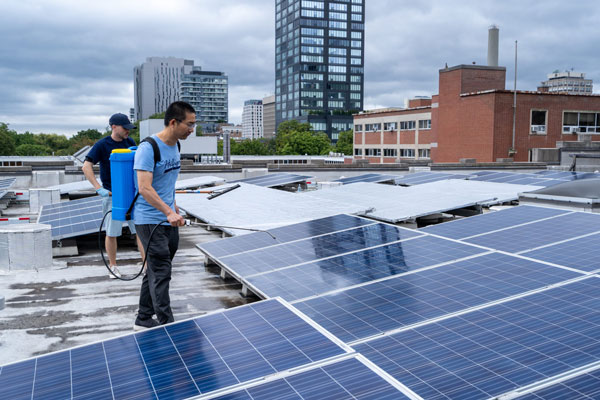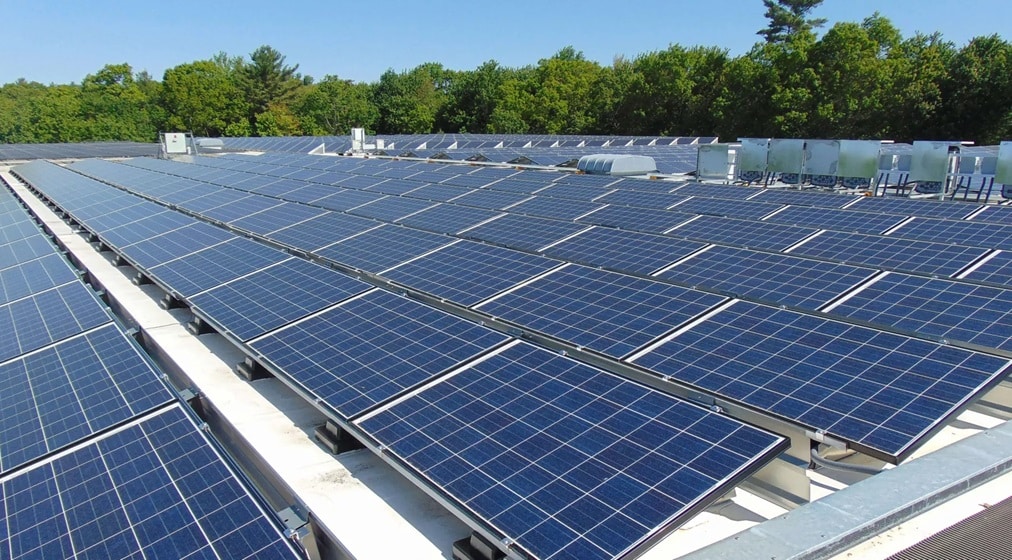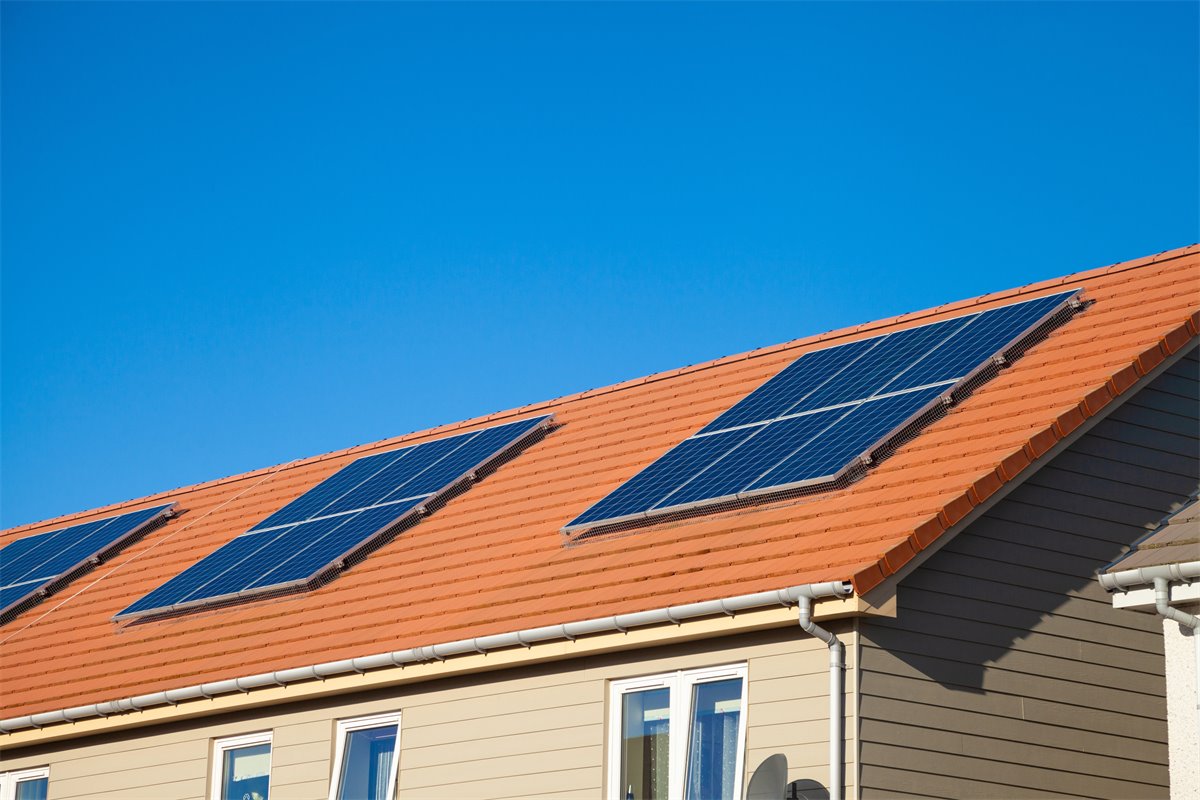Cost-effectiveness
First of all, 300-watt solar panels are beneficial for their relatively low initial price. Typically, such panels cost $180 and 300 and are thus about $0.60 and 1.00 per watt. Such a lesser amount of money spent on the initial purchase of the item is what makes it so attractive for most buyers. Moreover, the purchase is not the only part of the transaction during this process. The other one, installation, becomes easier and less costly for similar reasons. As explained by Shahan :
A smaller, lighter panel is easier to mount.
Lower installation price makes the using of the item more cost-effective. The greater effectiveness in terms of financial costs of installation for 300-watt solar panels is also connected to their lesser mechanical issues and lower number of parts to be installed. So, while the installation for more powerful kinetic systems would cost more due to the specifics, 300-watt panels are convenient in that aspect as well.
Cost-saving in terms of the produced electricity
Finally, the third major benefit in terms of the financial effectiveness of the mentioned objects is that they help with saving energy expenses. It was pointed out by Cunningham that a single 300-watt solar panel can produce up to 1.2 kW of electricity per day under the proper conditions of sunlight. For an average home system with a similar number of panels, this amount of annual saving would be more than ${1,200 per 15,000 gv per year as of the last statistics in 2017. With other forms of electricity production raising in prices, this means that the cost benefits of using such a simple solar appliance for 25-30 years would be enormous.
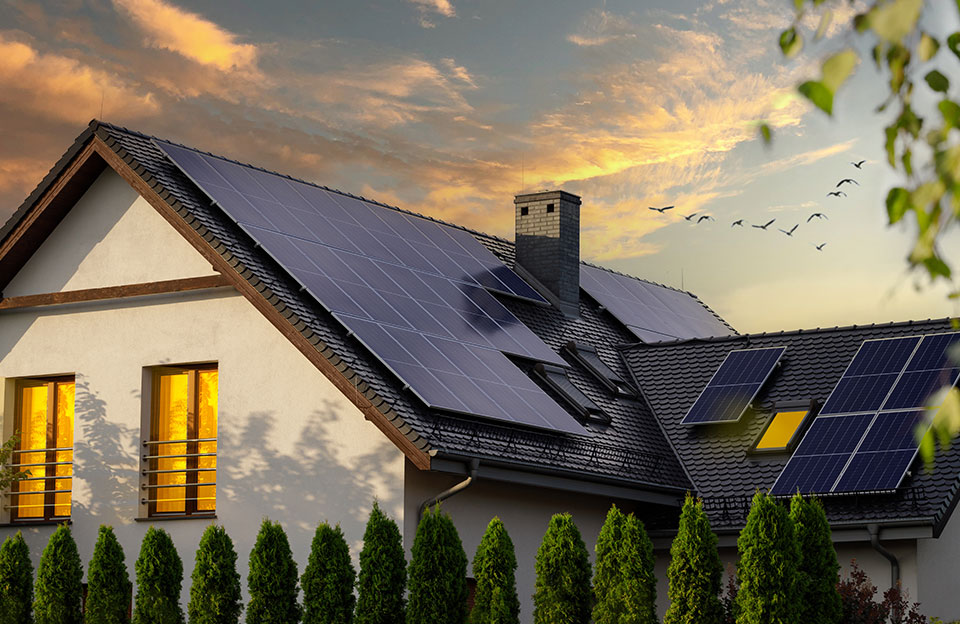
Portability and Ease of Installation
300W solar panels are typically around 65 inches in length and 39 inches in width. The vast majority of them are also lightweight, with the weight in the majority of these panels varying between 18 and 25 pounds. Therefore, they are easy to transport and mount even for DIY enthusiasts. These dimensions also make them easy to place on roofs and even install in vehicles, which would be impossible for heavier solar panels. Thanks to DIY-friendly mounting systems utilizing pre-drilled holes, the majority of individuals would find it easy to install their own panels while spending no money on additional hiring.
Variety of Applications
Given that 300W solar panels are relatively small, they are relatively simple to set up even on small roofs, caravans, or boats. Many off-grid systems that are implemented in remote areas also use such panels due to the ease with which they can be fitted in complicated systems customary for this type of energy production. This characteristic of 300 panels provides them with a significant degree of versatility and ensures that all users can extract as much power from sunlight as possible in their specific circumstances.
Shortened Installation Time
It is apparent that the ease of fitting 300W solar panels results in quick installation. Naturally, this means that the person or the team completing this process would spend fewer hours working and less money in the end. In addition, professionals are likely to work at a quick pace while installing smaller panels. Overall, this benefit is important for both normal users and producers of solar energy panels.
Efficiency and Output Consistency
The first and probably the most important advantage of the 300W solar panel is their high efficiency rate. While home installations utilize their sunlight conversion to the 8% rate, such panels have the efficiency level ranging from 15% to 20%. It means that the concerned items can convert 15-20% of the sunlight they receive into usable electrical energy. Such efficiency can be crucial for smaller setups, where each wat matters. They can perform in high and low light conditions ensuring that the electricity output would be stable even in a cloudy weather.
Daily and Annual Energy Production
In general, a 300-W panel can produce around 1.2 kWh per day considering that one has 4 peak sun hours. On the annual level, a single panel is expected to produce 438 kWh. Such characteristics are extremely important in the context of planning and coordinating utilities consumption. Knowing the precise numbers, companies and private users can make sure that each of their devices or machinery will have enough electricity to maintain an uninterrupted process of performance. Additionally, people can reduce their overall propensity to use grid electricity.
Technology Improvements
Thanks to the technological advances in photovoltaic panels, it is possible to maintain the stability of the described above input/output rates. Most of them are made of monocrystalline or polycrystalline materials, which provide them with the durability and prolong the functionality during many years. Anti-reflective coatings and encapsulation materials that are used in manufacturing facilitate the process of light absorption and reduce the loss of energy due to refllection or environmental factors.
Temperature Coefficients
There are several types of temperature coefficients that have impact on the performance of solar panels, including the 300W ones. In most cases, their positive type is utilized. A 300W panel is expected to have a Thermally induced voltate coefficient at a rate of 0.3% per degree Celsius. In other words, if the temperature exceeds 25°C, the effectiveness of the panes will be reduced by 0.3%; the ultimate statistics will be different, but the reduction of 300W panel is not significant and will not lower the overall level of 438 kWh.
Residential and Mobile Compatibility
A 300W solar panel is a versatile energy generator and is used in both home and mobile applications. In home conditions, this option is suitable for small homes and those who are not yet able or willing to integrate larger solar panels. Particularly, smaller or oddly shaped roofs are perfect for installing 300W solar panels and not leaving awkward spaces on the roofs. The panel’s average performance is roughly 1.2 kWh per day, meaning it can power lighting, smaller devices, and charging of various electronics. An opportunity to use the panel for practical needs makes it popular due to electricity bill savings.
Adequacy
A 300W panel is a great solution for mobile applications, for example, when traveling on RVs, campers, or boats. Its performance is just right for the overall size of such vehicles and is enough to power navigational equipment, small refrigerators, or lights, as well as to charge batteries when necessary. An important consideration is related to the lifestyle, which requires comfort and convenience to be comparable with stationary living.
Complementarity
In home conditions, a 300W solar panel is favored for its ease of wiring and ability to be connected to any existing electric wiring. It can be used to supplement electricity from the grid, as well as assist in saving electricity costs by selling excess power back to the utility company. In mobile applications, 300W panels can serve as the main power source in off-grid systems. Inverters and batteries can complement solar panels and provide a stable, even flow of electricity on cloudy or nighttime days when the sun is not shining.
Scalability
In addition, a 300W solar panel is a scalable option, both in home and mobile applications. Homeowners can install a few panels at the start and expand later as their needs grow and they get more confident or have more budget available to spend. The modality of energy production is adaptable to individual needs and an amount of space available for solar panel installation.
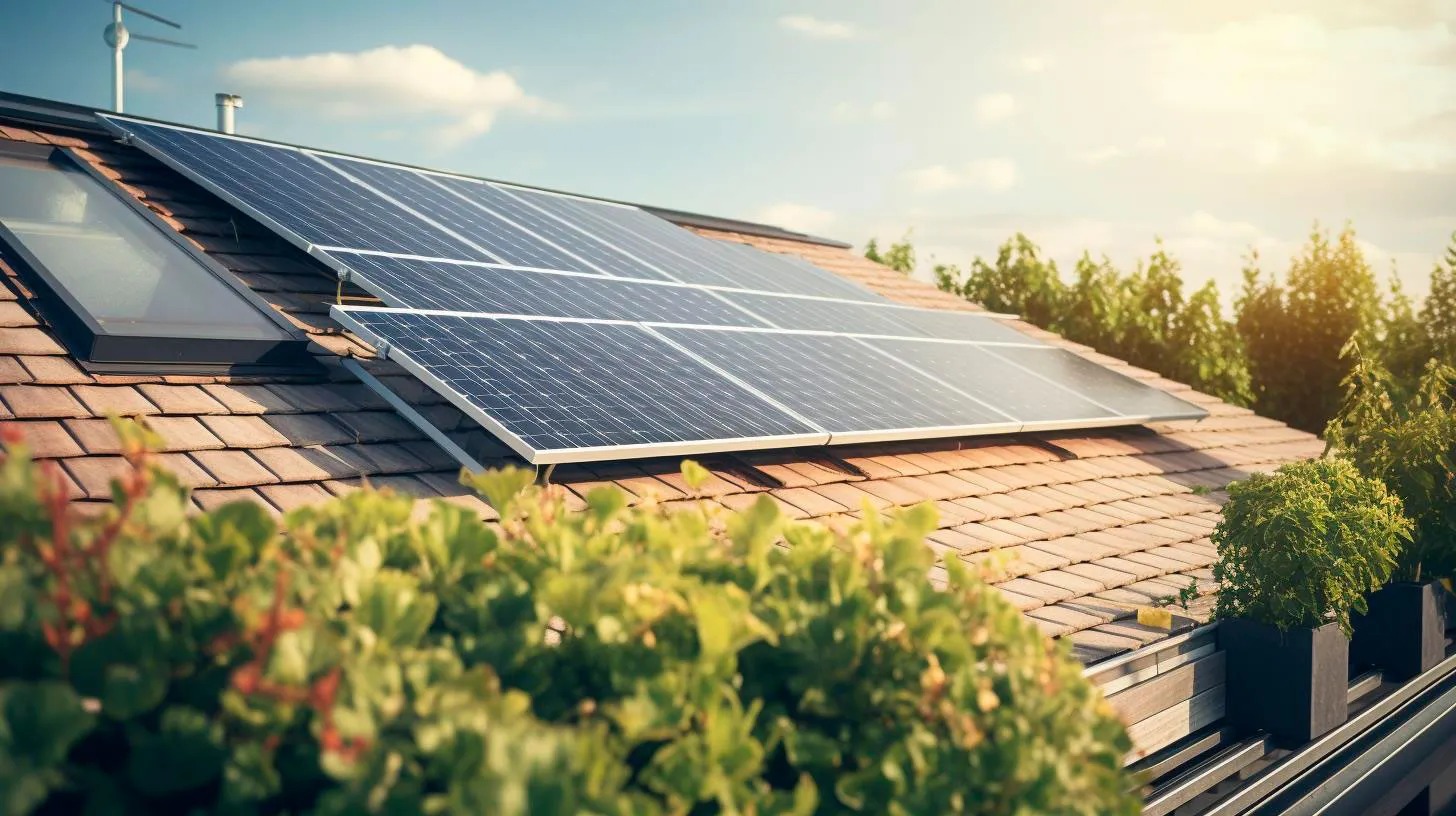
Reduces Environmental Impact
A 300W solar panel’s deployment helps decrease carbon emissions. Every kilowatt-hour of electricity generated by solar power reduces the proportion of carbon dioxide, which is created by burning fossil fuels, namely, coal and natural gas. The average amount of carbon oxide not emitted to our planet per day, with 1.2 kWh consumed daily, constitutes 0.6 kilograms of CO2. This also implies that, when daily 1.2 kWh or 219 times during the year is utilized, 219 kilograms of carbon oxide will not be released into the place where we breathe. Hence, since each 300W solar reduces carbon emissions proportionally, 804 kilograms during the year will not emitted by four 300W panels.
The Application of Renewable Energy
It should also be noted that sugar production is solar power as opposed to coal or natural gas. At this point, one could object that coal remains to be burned to generate electricity during the night or on cloudy days. More and more homes are using battery storage for solar energy, allowing this power to be available when the sun is over the horizon or clouds reform in the atmosphere. The introduction of 300W solar panels can therefore enhance the use of renewable resources.
Low Water Use
Major solar projects will also require very little water. Solar photovoltaic systems, including 300W solar panels, consume virtually no water used to produce electricity. Water is significant for cooling gas-fired and coal power plants. Solar panels thus alleviate drought issues, arduous buffeting through the water extraction processes, and tactics used to drain ground and surface water to construct solar projects. Thus, in the Valley of the Sun area, preserving water and power is increasingly important. A total of 509 gallons of water is needed to generate one megawatt-hour of electricity, including thermal energy efficiency. For photovoltaic energy approximately 800 gallons of water or almost three cycle turbines consuming seven gallons per megawatt-hour are needed. In any case, less water than main power sources is used in both. The 600-megawatt solar project will cost nearly 304 million gallons of water roughly only part of the amount of rainfall in Queen Creek each year. A significant number of the farms and lakes are now located in Arizona.

